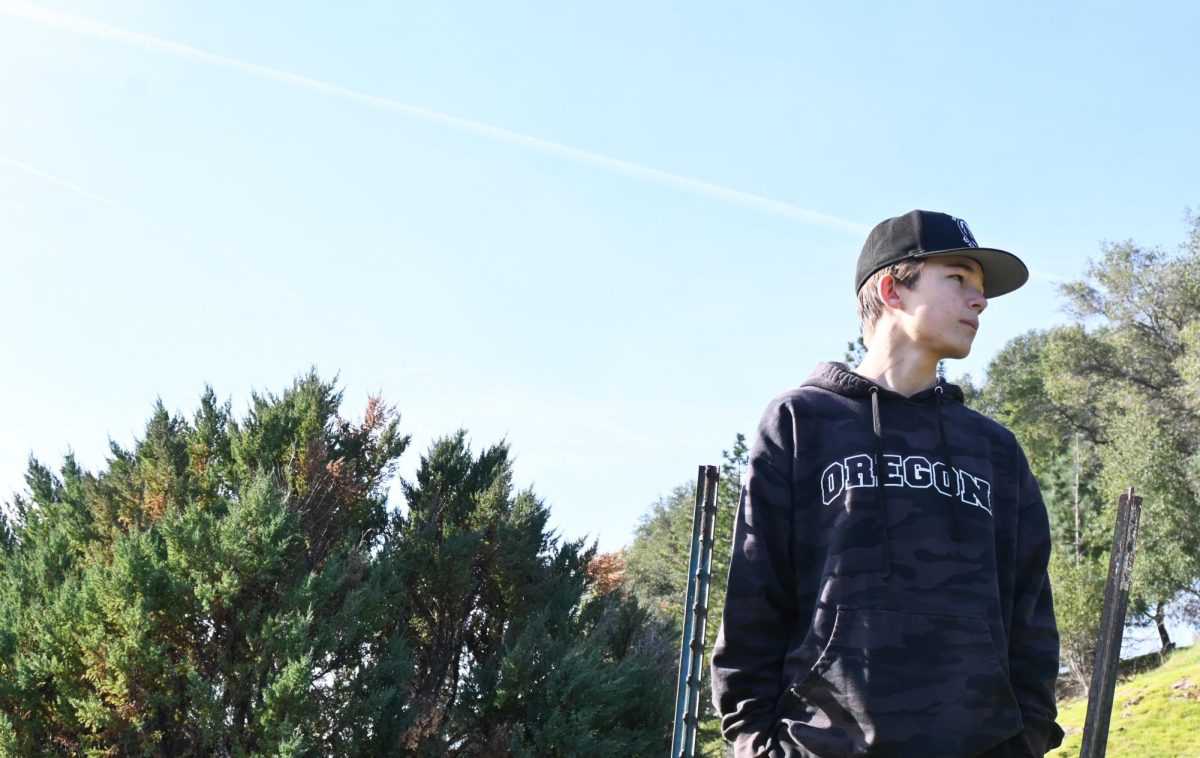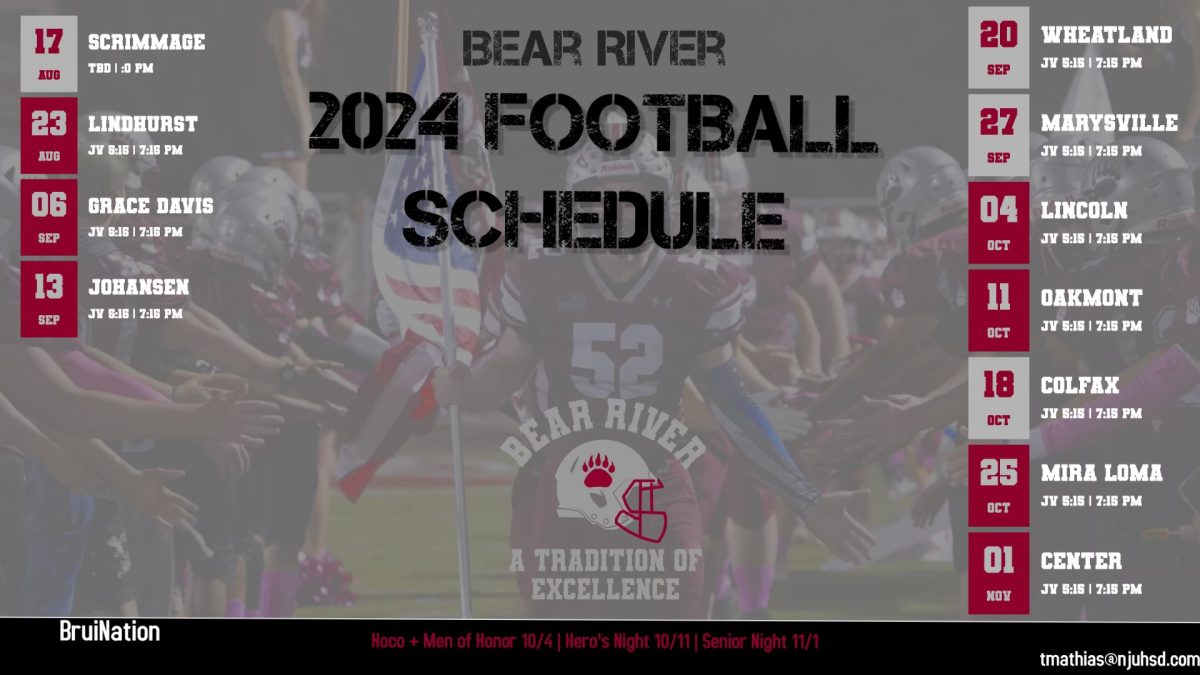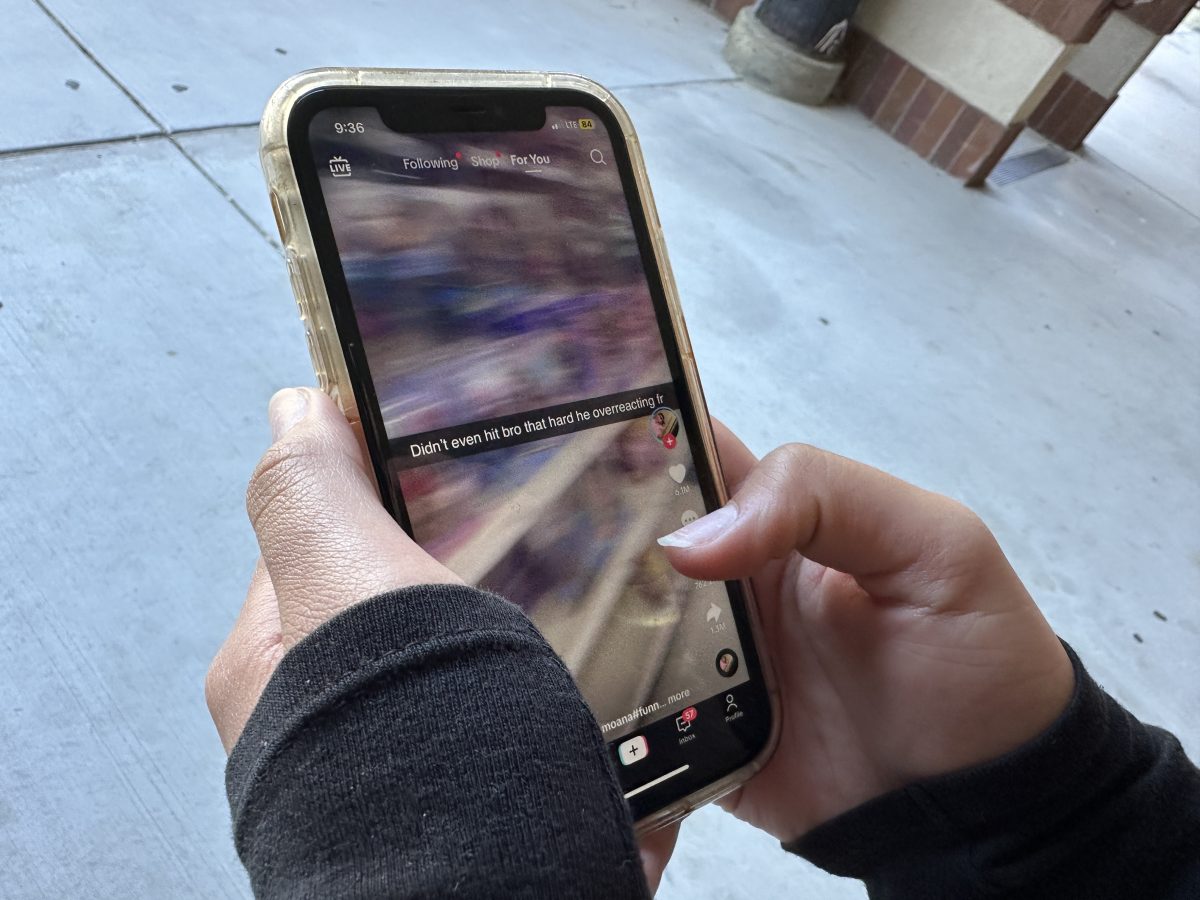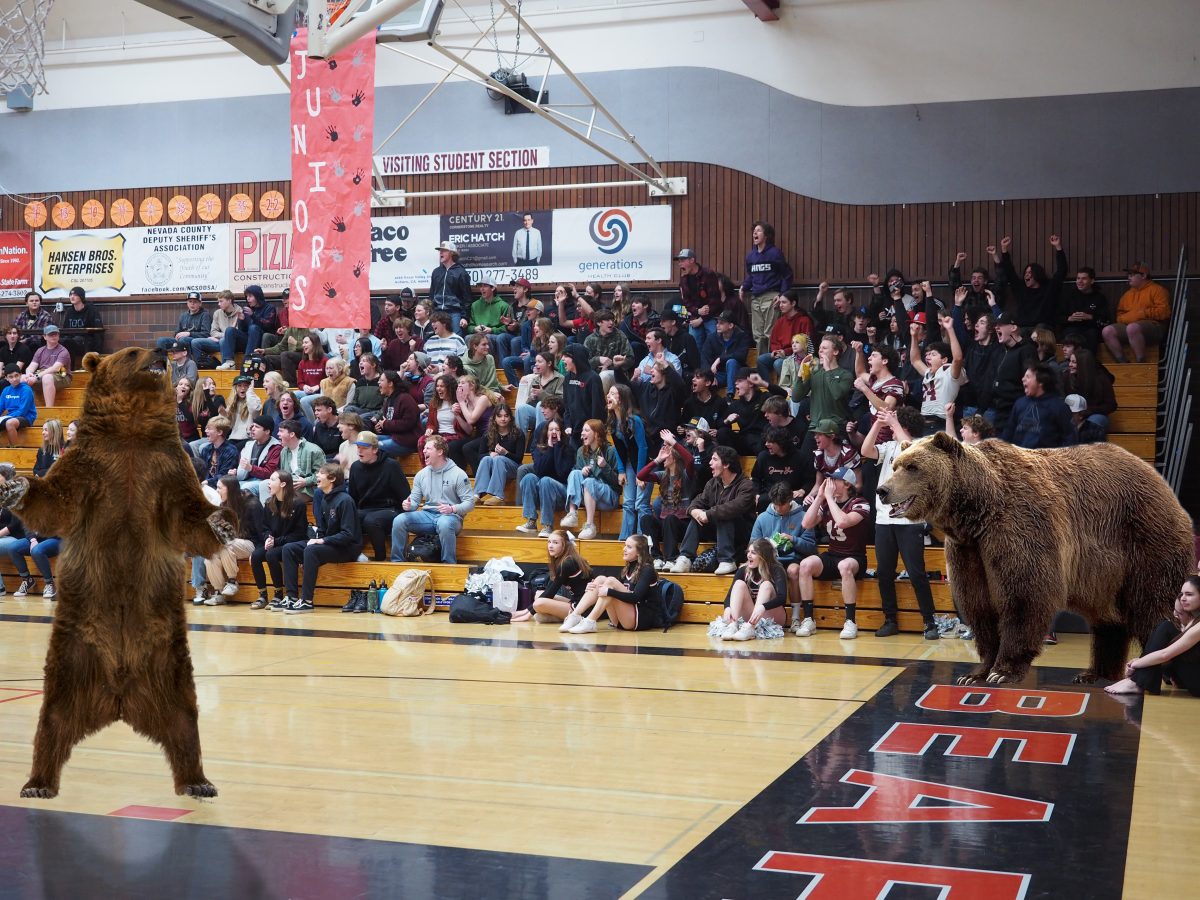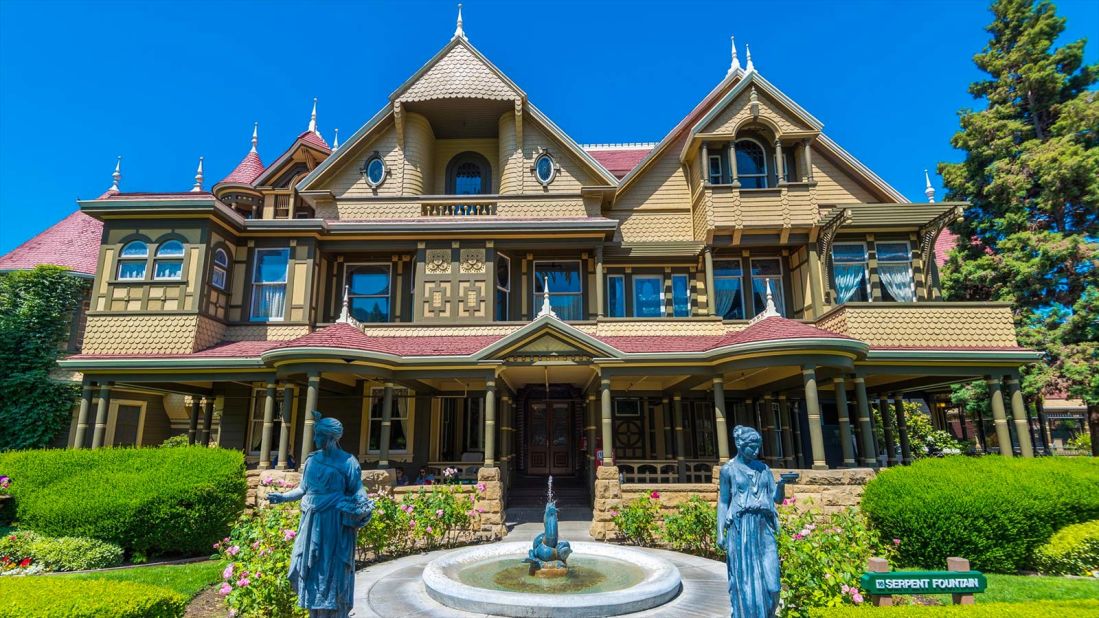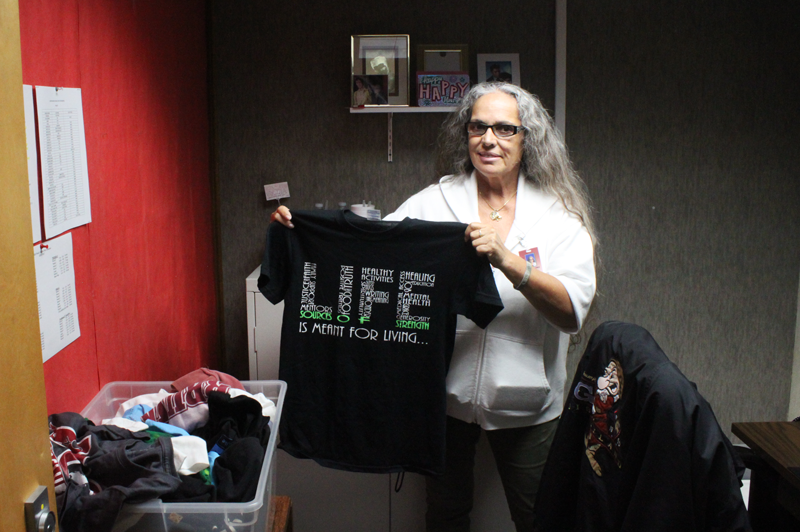By Ciana DeMink, Guest Writer
Dress Code is arguably one of the most controversial topics at Bear River High School. Why it is controversial, however, stems from a greater issue in our society.
From a young age women are taught to conceal their bodies. Though there are a handful of reasons why (religion, modesty, comfort), but the most common thing women are warned about is safety. Safety from what you ask? Being seen as a “sexual object” by men. The sexist generalization is that men are unable to control themselves. However, many men are never taught from a young age to respect women as human beings, regardless of the clothing that they wear.
Some students believe that it’s in a woman’s best interest to be modest.
“Some girls purposely try to show more skin than clothes to get boys attention, but sometimes they don’t realize that some boys would take that as an invitation, or too far,” said Damian Christen, a sophomore. “I believe that Dress Code should be continued to be put in place.”
Some cited real world expectations as reason enough for a Dress Code.
“I think that Dress Code is important because, in the workplace, there is an expectation of dress and you can’t wear whatever you want,” said Kaylee Guerra, a senior. “BUT my issue comes with the society that promotes the sexualization of a woman’s body resulting in the ‘need’ of a stricter Dress Code for women as opposed to men.”
“I believe that high school is about living to learn and if we can’t learn how to dress ourselves without a Dress Code then, when we don’t have one, how will we know what’s [appropriate] and what’s not?” said Katelyn Meylor, a junior.
School officials said the Dress Code served an important purpose on campus.
“Our Dress Code is simply a way to ensure student safety and appropriateness for an educational environment,” said Principal Amy Besler. “Our policies are fair and reasonable and not designed to limit student self-expression. I often explain to students that dress is about time and place; it’s important for young people to learn situational appropriateness.”
Vice Principal Cathy Peterson added to this opinion. She shared her prediction of what student behavior would be if we ceased to have a Dress Code.
“I just don’t think that they would take (dress) as seriously as we want them to,” she said. “For example, they would wear pajamas. … Stuff that just isn’t appropriate for this setting. So, without guidelines, sky’s the limit.”
Both our principal and vice principal agreed that all genders are impacted by Dress Code.
“Certain things that are inappropriate for boys are inappropriate for girls too,” said Ms. Peterson.
Spanish Teacher Shawn Mason supplied a little bit of comedic relief, as usual, to provide his pro-Dress Code ideals.
“Without Dress Code, first you’d be wearing risque clothes, then you’re smokin’ dope, then you’re living under an overpass, then you’re dead,” he said. “It’s a slippery slope.”
Trevor Chandler, a junior, had a very strong opinion about Dress Code.
“I don’t think, from a male perspective, that there is as much oppression on us as there is to women,” he said. “I think that Dress Code is sexualizing young women and teaching them that showing their bodies or being confident is wrong. … I would understand (the need for a Dress Code) if it was less constrictive.”
As we consider the Dress Code, the real question becomes, not if it is sexist, but whether it is fair. Yes, boys and girls have restrictions on similar types of clothing, but that’s not it. It is not about sexism only — it flows over each person individually. It is based on who we are, our religion, our ancestry, our body type. The less curvy girl could wear leggings and get away with it. The one with shorter legs can get away with proportionally shorter skirts.
And it isn’t even about the boys anymore. It has to do with individuality and the fact that the rules and restrictions would never apply to everyone equally because we are all different people, complex, beautiful, and unique. It is not applied equally.
Dress Code was enforced to eliminate distraction so everyone can get an equal learning experience. However, the only thing it has seems to cause is a distraction because it has been applied so unequally. Therein lies the drama.
“It needs to be enforced consistently and it needs to pertain to everybody or there’s no point in having it,” said Dance Teacher Joyce Gouveia.
Art Teacher Elizabeth Jens offers an alternative solution.
“If everybody dressed like they were going to Hogwarts, we would all be classy and stylish at the same time. I’m all for uniforms.”








